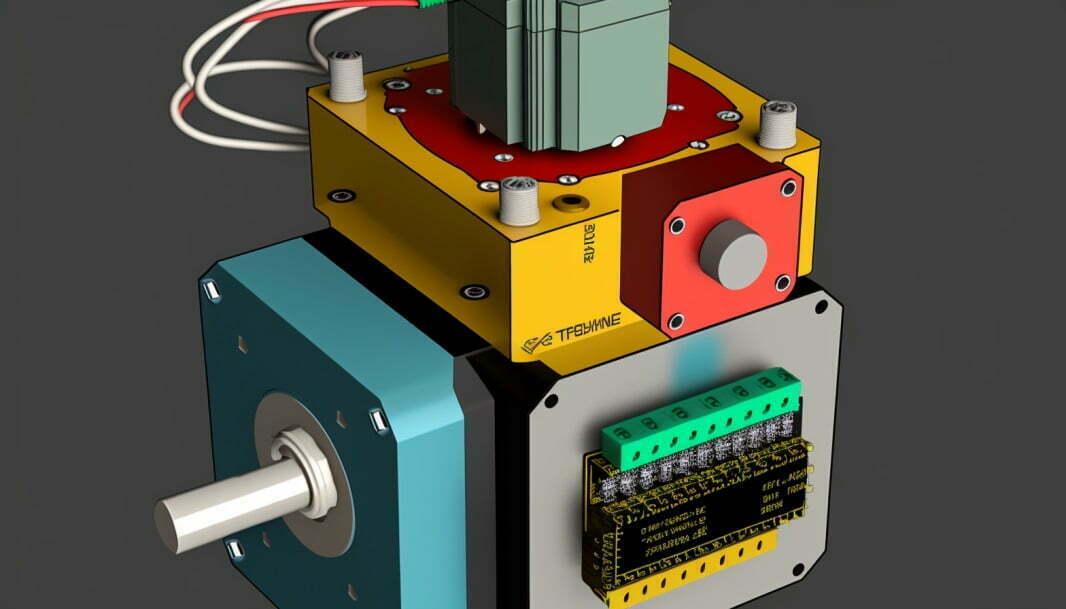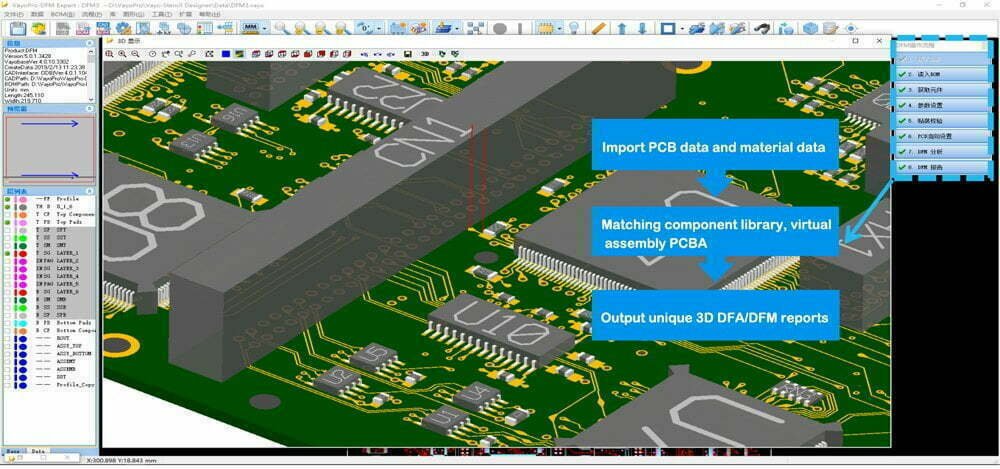What is EPROM?
EPROM, the abbreviation of “Erasable Programmable Read-Only Memory”, is a non-volatile storage chip that retains data even after power failure. It’s invented by Israeli engineer Dov Frohman. It is a group of floating gate transistors that are individually programmed by an electronic device that supplies a higher voltage than is commonly used in electronic circuits. Once programmed, EPROMs can only be erased by exposure to strong ultraviolet light. The EPROM is easily identified through a transparent window on the top of the package where the silicon die is visible, and this window is also used for UV erasure. It can be erased by exposing the glass window of the EPROM to direct sunlight for a period of time.
Consist of EPROM
EPROM is composed of a silicon dioxide chip that stores programs and data in the form of an array of floating-gate transistors. Unlike other types of non-volatile memory, such as EEPROM, EPROMs can be erased using ultraviolet light and then reprogrammed with new information.
The main components of an EPROM include the memory array, address decoders, control logic, and output buffers. The memory array is the core of the EPROM, responsible for storing data. Address decoders are used to decode the address signals and direct the memory array to the appropriate location. Control logic is responsible for managing the operations of the chip, such as reading and writing data. Output buffers are used to amplify the output signal so that it can be read by other devices.
Features of EPROM
- EPROM chip can be repeatedly erased and written;
- EPROMs are relatively inexpensive and easy to use;
- EPROMs provide a greater level of reliability and security than other forms of non-volatile memory;
- The package of EPROM is transparent, you can see the integrated circuit inside;
- EPROM can store data for a long time, about 10 to 20 years;
- When the EPROM chip is in a blank state, the data of each internal storage unit is “1”.
How does EPROM Work?
In order to program and erase an EPROM, it must be exposed to ultraviolet light. When exposed to UV light, the electrical charge stored in the EPROM is neutralized and the cell can then be re-programmed with new data. This erasing process is usually done using an ultraviolet eraser, which is a device specifically designed to erase EPROMs.
Once an EPROM has been programmed, it can be read like any other type of non-volatile memory. Data is stored in the form of binary bits and can be read by applying a voltage to the pins. This voltage will cause a current to flow through the chip and the stored data can then be read.
EEROM vs EPROM
Electrically Erasable Read Only Memory (EEROM) and Electrically Programmable Read Only Memory (EPROM) are both types of non-volatile memory. Both types of memory are used to store data that is not lost when the power is removed.
EEROM differs from EPROM in that it can be erased without being removed from the system or exposed to ultraviolet light. EEROM is typically re-programmed using electrical signals, allowing it to be updated or modified more quickly than EPROM. While EEROM does not require a special erasing process, it is more expensive than EPROM.
EPROM, on the other hand, requires an ultraviolet light source to erase the memory before it can be reprogrammed. While this is a slower process, it is still faster than having to remove the chip from the system and physically remove the information stored on it. Additionally, EPROM is usually cheaper than EEROM.
In summary, EEROM offers faster erasing and reprogramming times than EPROM but is more expensive. EPROM is slower but is less costly than EEROM.
Applications
EPROMs are widely used in many electronic devices, including computers, cell phones, game consoles, and industrial equipment. They are popular because they are relatively inexpensive and can be reprogrammed as needed.
EPROMs are typically used for program code storage, since they offer the benefits of non-volatile storage and reprogrammability. They are also used in embedded systems to store configuration settings and other firmware data.








